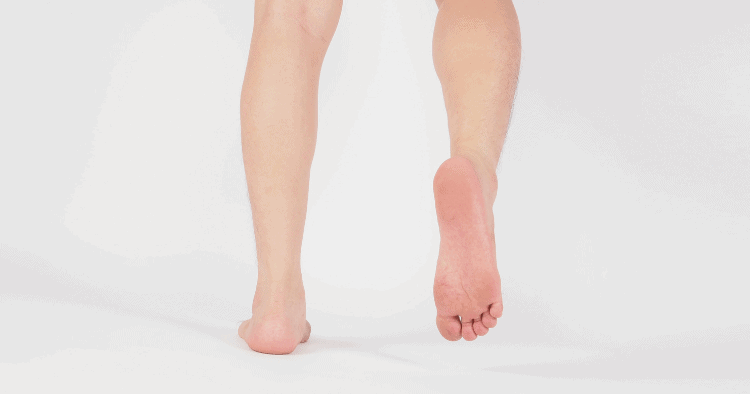
In training or practice, it’s common to hear this phrase:
“The triceps has a knee flexion action.”
This is a statement that many physiotherapy students remember.
However, this view is incomplete, even misleading, when considering the patient’s functional posture and gait analysis.
When the foot is free in space, as during an analytical test in prone position, the contraction of the triceps surae (gastrocnemius) can indeed lead to knee flexion, due to its insertion above the joint.
But during walking, or simply when standing, the foot is on the ground.
The system is then in a closed chain, and everything changes in the biomechanical logic.
When the triceps contracts strongly (voluntarily or involuntarily, as in spasticity), it produces plantar flexion.
But since the foot remains fixed to the ground, the movement is transmitted upwards:
This phenomenon is reinforced by the ground reaction force (GRF), which passes in front of the foot during plantar flexion. This force generates an extension moment that tends to lock the knee in extension, or even cause recurvatum if poorly controlled.
Triceps tone must be finely regulated to ensure stable and functional walking:
This mechanism explains why, in neurology, triceps surae spasticity is one of the main causes of knee recurvatum during walking.
Closed-chain analysis is essential to understand the real effects of muscle contractions during walking.
A poor understanding of biomechanics in a real situation (closed chain) leads to analysis errors and inappropriate rehabilitation strategies.
By understanding this biomechanical logic:
Please fill in this short form so that we can contact you to arrange a test.